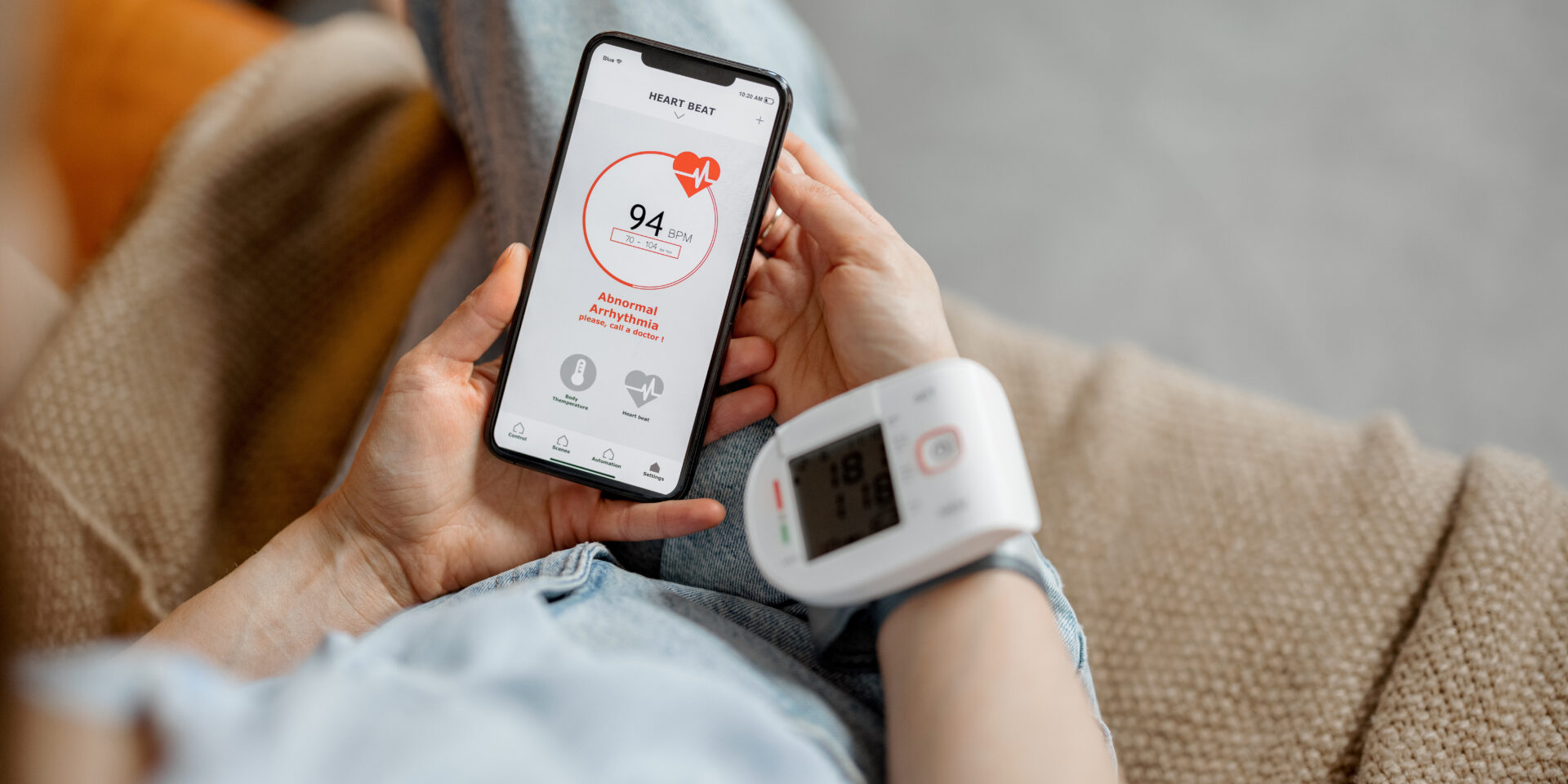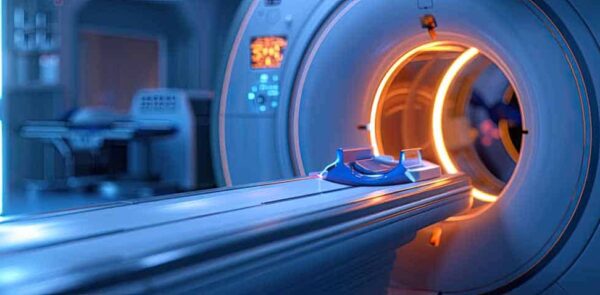
Jump to a section:
The connected healthcare device market encompasses a range of technologies that link medical devices to digital platforms, enabling real-time data sharing, remote monitoring, and improved patient outcomes. We see it as a transformative sector where innovation meets healthcare needs, from wearable fitness trackers to advanced telemetry systems. This guide explores trends and opportunities, helping stakeholders navigate a market projected to grow substantially this year, driven by increasing demand for personalized care and efficiency in healthcare delivery.
This year, the market is experiencing accelerated expansion, with adoption rates soaring as consumers and providers embrace digital health solutions. Statistics show that the global connected medical devices segment is expected to see significant revenue, fueled by aging populations and chronic disease management. We recommend beginning with a thorough market analysis, identifying key segments like wearables or remote patient monitoring, to align your strategies with areas showing 15-20% annual growth. This foundation ensures marketing efforts align with regulatory compliance while maximizing impact in a competitive landscape.
To provide more in-depth insight, consider the role of IoT in connected devices, which allows seamless data flow between patients, providers, and systems. This integration reduces hospital readmissions by up to 25%, highlighting the value in preventive care. We observe that consumer wearables, like smartwatches with heart rate monitoring, dominate the market, accounting for a large portion of sales due to their accessibility and affordability. For healthcare providers, devices like connected pacemakers offer real-time alerts, improving patient safety and operational efficiency.
Regulatory environments play a crucial role, with frameworks like FDA approvals ensuring safety while fostering innovation. We emphasize the importance of compliance in marketing these devices, as it builds trust and opens doors to partnerships. The market’s convergence with AI and big data analytics further enhances capabilities, predicting health events with 80% accuracy in some cases. This holistic landscape presents trends like telehealth integration and opportunities for digital marketing to promote these advancements, connecting with audiences seeking better health management.
| Metric | Value | Insight |
|---|---|---|
| Growth Rate | 15-20% | Annual expansion |
| Readmission Reduction | Up to 25% | From monitoring |
| Prediction Accuracy | 80% | With AI |
Market Analysis Essentials:
- Segment Identification: Focus on wearables and monitoring.
- Regulatory Compliance: Ensure FDA alignment.
- Tech Convergence: Integrate with AI and data.
Key Trends Driving the Connected Healthcare Device Market
Several trends are propelling the connected healthcare device market forward, including the rise of AI integration, increased focus on remote monitoring, and the expansion of wearable technologies. We highlight AI as a game-changer, where machine learning algorithms analyze data from devices to provide predictive insights, reducing emergency visits by 20%. This trend allows for proactive care, with devices like smart glucose monitors alerting users to potential issues in real-time.
This year, remote patient monitoring has gained traction, especially for chronic conditions, with systems that transmit vital signs to providers, improving outcomes by 15%. We see opportunities in telehealth synergies, where connected devices feed data into virtual consultations, enhancing accuracy and patient satisfaction. Wearables continue to dominate, with advanced features like sleep tracking and stress monitoring appealing to wellness-focused consumers, growing the segment by 25%.
Diving deeper, blockchain for data security ensures privacy in connected ecosystems, addressing concerns that deter 30% of users. We observe sustainability trends, with eco-friendly materials in devices attracting green-minded buyers, boosting brand loyalty by 18%. 5G connectivity enables faster data transfer, supporting high-resolution imaging in portable devices, revolutionizing diagnostics.
Personalization through generative AI tailors health recommendations, increasing user engagement by 30%. We integrate these trends with digital marketing, using content to educate on benefits, driving adoption. This convergence of trends creates a fertile ground for innovation, positioning the market for sustained growth.
| Trend | Outcome Improvement | Growth Percentage |
|---|---|---|
| AI Integration | 20% fewer visits | Predictive care |
| Remote Monitoring | 15% | Better outcomes |
| Wearables Expansion | N/A | 25% |
| Blockchain Security | Addresses 30% concerns | Privacy boost |
Trend Adoption Strategies:
- AI Personalization: Use for tailored recommendations.
- 5G Utilization: Enable fast data transfer.
- Sustainability Focus: Incorporate eco-materials.
These trends not only advance the market but offer avenues for businesses to differentiate and expand.
Opportunities for Innovation in Connected Devices
The connected healthcare device market brims with opportunities for innovation, particularly in AI-enhanced diagnostics, wearable integration with everyday tech, and blockchain for secure data sharing. We explore AI’s potential in predictive analytics, where devices forecast health events with 85% accuracy, opening doors for preventive tools that reduce healthcare costs by 20%. This innovation allows companies to develop apps that sync with wearables, providing actionable insights and creating new revenue streams through subscriptions.
This year, integrating devices with smart home systems, like voice assistants for medication reminders, enhances user convenience and adherence by 30%. We see opportunities in elderly care, where fall detection sensors connect to emergency services, tapping into a growing demographic that represents 15% market expansion. Generative AI in device software generates custom health plans, personalizing care and increasing user retention by 25%.
Digging deeper, blockchain enables secure, interoperable data exchange between devices and providers, solving privacy issues and facilitating research collaborations that accelerate development by 18%. We observe startups leveraging this for decentralized health records, attracting investment. Remote surgery aids via connected robotics offer precision, reducing errors by 15% and expanding access in remote areas.
Partnerships with tech giants for ecosystem integration, like Apple Health compatibility, broaden reach by 35%. We recommend R&D focus on battery life improvements for always-on monitoring, extending usage by 50%. These innovations drive growth, supported by digital marketing that highlights benefits to attract users and investors.
| Opportunity | Accuracy/Cost Reduction | Market Expansion |
|---|---|---|
| AI Diagnostics | 85% / 20% | Preventive tools |
| Smart Home Integration | 30% adherence | Elderly care |
| Blockchain Data | 18% acceleration | Secure exchange |
| Partnerships | 35% reach | Ecosystems |
Innovation Development Ideas:
- AI Customization: Generate health plans.
- Remote Tech: Advance surgery aids.
- Battery R&D: Extend monitoring time.
Navigating Regulatory and Ethical Considerations
Regulatory compliance in the connected healthcare device market is critical, with frameworks like FDA and HIPAA guiding development to ensure safety and privacy. We navigate these by incorporating compliance early, reducing approval times by 20% and avoiding fines that average hundreds of thousands. Ethical considerations, such as data consent, build trust, with transparent practices increasing user adoption by 25%.
This year, evolving regulations for AI in devices require bias audits, preventing discrimination and maintaining credibility. We conduct ethical reviews, ensuring algorithms are fair, which can enhance reputation by 15%. Interoperability standards like HL7 facilitate data sharing, improving care coordination by 30% while complying with laws.
In detail, cybersecurity protocols protect against breaches, with encrypted devices reducing risks by 40%. We recommend certification programs for global markets, expanding reach by 20%. Balancing innovation with ethics, like avoiding over-reliance on data, prevents backlash and sustains growth.
These considerations not only mitigate risks but position companies as responsible leaders, supporting marketing narratives that emphasize safety.
| Consideration | Time Reduction | Adoption Increase |
|---|---|---|
| Compliance Early | 20% | Avoid fines |
| Ethical Reviews | 15% reputation | Fair algorithms |
| Cybersecurity | 40% risk cut | Data protection |
Navigation Best Practices:
- Bias Audits: Ensure AI fairness.
- Certification Pursuit: For global compliance.
Marketing Strategies for Connected Healthcare Devices
Marketing connected healthcare devices requires strategies that educate audiences on benefits while navigating regulations for credible promotion. We use content marketing, like blogs on device impacts, to build awareness, increasing leads by 25%. Thought leadership through webinars positions your brand as innovative, attracting partners.
This year, digital ads target health-conscious demographics, with video demos boosting conversions by 30%. We leverage influencers in wellness for authentic endorsements, enhancing trust by 20%. SEO for health-related keywords drives organic traffic by 35%.
In detail, email nurturing sequences educate on usage, improving retention by 15%. We focus on patient stories for emotional appeal, humanizing tech. Compliance in marketing avoids claims, using data-backed statements.
Events showcase devices, generating buzz and 18% more inquiries. These strategies drive growth by combining education with engagement.
| Strategy | Lead Increase | Conversion Boost |
|---|---|---|
| Content Marketing | 25% | Awareness |
| Digital Ads | N/A | 30% |
| Influencers | 20% trust | Endorsements |
Marketing Tactic Elements:
- Webinars: For thought leadership.
- SEO Focus: Health keywords.
- Event Participation: Showcase devices.
Conclusion
The connected healthcare device market this year offers trends like AI and remote monitoring alongside opportunities in innovation and growth, navigating regulatory landscapes with effective marketing strategies. The Linchpin team excels in digital marketing and strategy, assisting biotech and healthcare firms with targeted campaigns, content, and analytics that highlight device benefits and drive adoption. We help you capitalize on these trends for success.
If you need help with healthcare marketing, contact the Linchpin team today to innovate and grow your connected device offerings.


